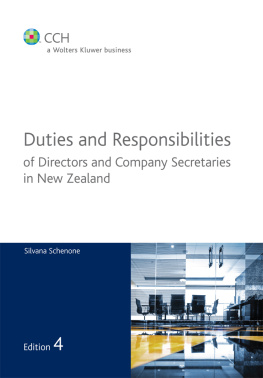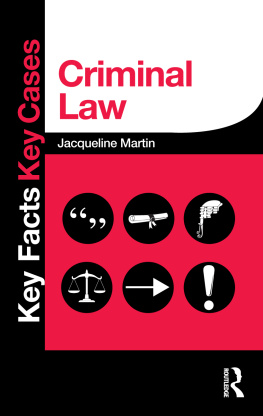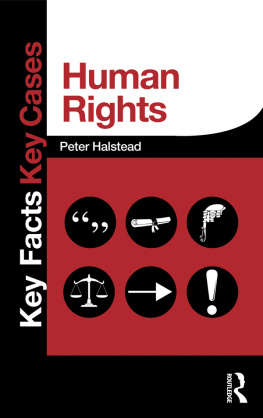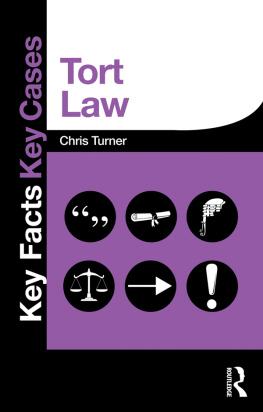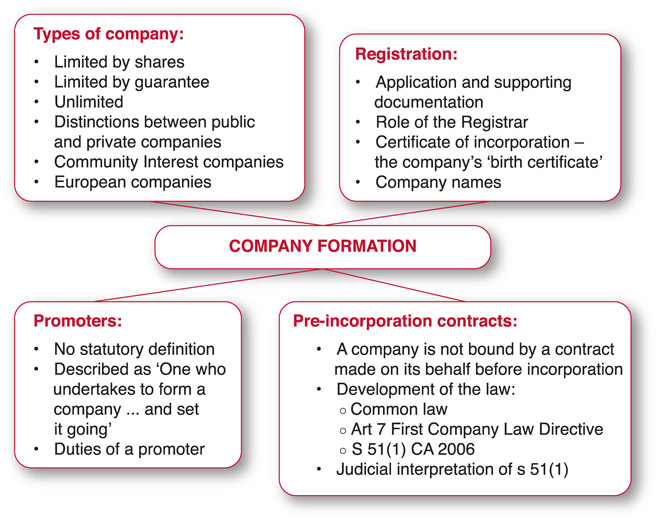Chris Shepherd - Company Law
Here you can read online Chris Shepherd - Company Law full text of the book (entire story) in english for free. Download pdf and epub, get meaning, cover and reviews about this ebook. year: 2015, publisher: Routledge, genre: Romance novel. Description of the work, (preface) as well as reviews are available. Best literature library LitArk.com created for fans of good reading and offers a wide selection of genres:
Romance novel
Science fiction
Adventure
Detective
Science
History
Home and family
Prose
Art
Politics
Computer
Non-fiction
Religion
Business
Children
Humor
Choose a favorite category and find really read worthwhile books. Enjoy immersion in the world of imagination, feel the emotions of the characters or learn something new for yourself, make an fascinating discovery.
- Book:Company Law
- Author:
- Publisher:Routledge
- Genre:
- Year:2015
- Rating:5 / 5
- Favourites:Add to favourites
- Your mark:
Company Law: summary, description and annotation
We offer to read an annotation, description, summary or preface (depends on what the author of the book "Company Law" wrote himself). If you haven't found the necessary information about the book — write in the comments, we will try to find it.
Key Facts Key Cases Company Law will ensure you grasp the main concepts of your Company Law module with ease. This book explains the facts and associated case law for:
- Shares
- Capital Maintenance
- Failure and Liquidation
- Directors
- Borrowing
Ann Ridley is Interim Dean, Business and Management, Accounting and Law at The University of Gloucestershire.
Chris Shepherd is Lecturer in Law at London South Bank University.
Key Facts Key Cases is the essential series for anyone studying law at LLB, postgraduate and conversion courses. The series provides the simplest and most effective way to absorb and retain all of the material essential for passing your exams. Each chapter includes:
- diagrams at the start of chapters to summarise key points
- structured headings and numbered points to allow for clear recall of the essential points
- charts and tables to break down more complex information
Chapters are also supported by a Key Cases section which provides the simplest and most effective way to absorb and memorise essential cases needed for exam success.
- Essential and leading cases are explained
- The style, layout and explanations are user friendly
- Cases are broken down into key components by use of a clear system of symbols for quick and easy visual recognition
Series editors: Jacqueline Martin and Chris Turner LLM, who is Senior Lecturer in law at Wolverhampton University.
Chris Shepherd: author's other books
Who wrote Company Law? Find out the surname, the name of the author of the book and a list of all author's works by series.




